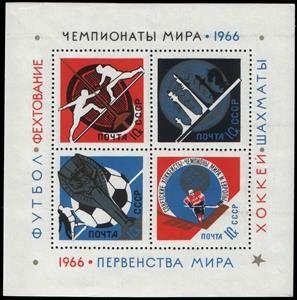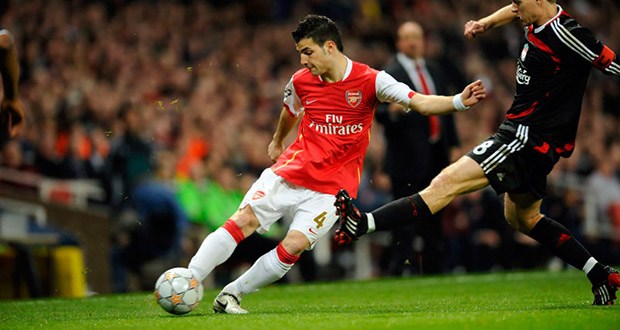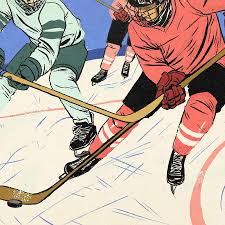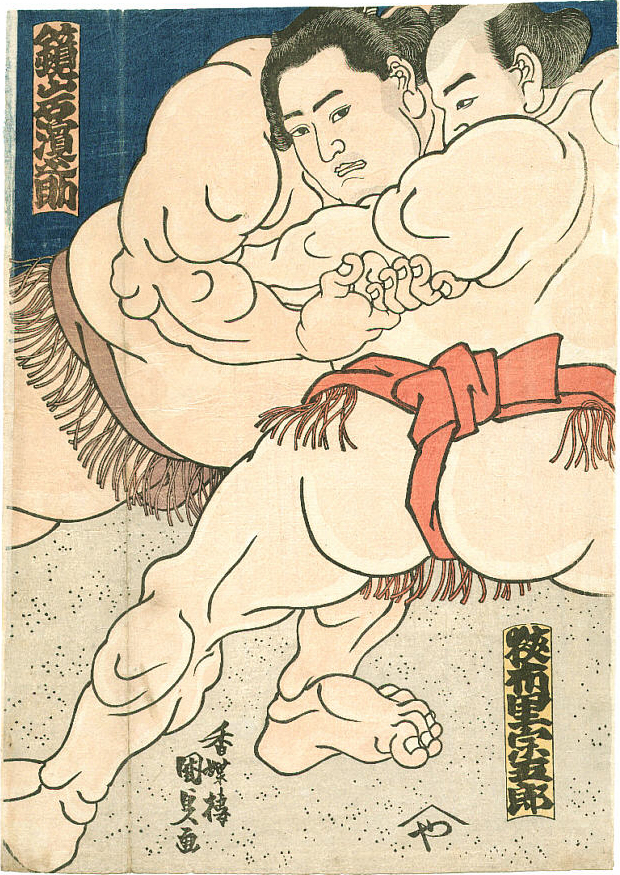Souvenir Sheet: Спортивные чемпионаты и первенства мира (Soviet Union, USSR 1966)
Спортивные чемпионаты и первенства мира (Soviet Union, USSR 1966)
01 April (Soviet Union, USSR ) within release Спортивные чемпионаты и первенства мира (1966 г.) goes into circulation Souvenir Sheet Спортивные чемпионаты и первенства мира face value 10+10+10+10 Russian kopek
| Souvenir Sheet Спортивные чемпионаты и первенства мира in catalogues | |
|---|---|
| Soloviev: | Sol:SU 3361 |
Souvenir Sheet is square format.
"Почтовый блок. Размер блока 11х11 см. В блоке четыре марки: 10 к. - Первенство мира по фехтованию в Москве (06-16.07), 10 к. - Первенство мира по футболу в Англии (11-30.07), 10 к. - Матч на первенство мира по шахматам в Моcкве (09.04 - 10.06), 10 к. - Чемпионат мира и Европы по хоккею с шайбой в Любляне (03-14.03). Рисунок марки 3358."Also in the issue Спортивные чемпионаты и первенства мира (1966 г.):
- Stamp - "Золотой кубок "Богиня победы Ника" на фоне эмблемы первенства мира по футболу в Англии" face value 4 к.;
- Stamp - Футболисты на фоне земного шара face value 6 к.;
- Stamp - Золотая медаль чемпионата мира по шахматам face value 6к.;
- Stamp - Хоккей. Золотая шайба с датами спортивных побед советской команды - чемпиона мира и Европы face value 10 к.;
- Stamp - Фехтовальщики на фоне земного шара face value 12 к.;
- Stamp - Эмблема первенства по фехтованию в Москве face value 16 к.;
- Souvenir Sheet - Спортивные чемпионаты и первенства мира face value 10+10+10+10;
Souvenir Sheet Спортивные чемпионаты и первенства мира it reflects the thematic directions:
Chess is usually played by two players (called chess players) against each other. It is also possible for one group of chess players to play against another or against one player; such games are often called consultation games. In addition, there is the practice of simultaneous play sessions, when several opponents play against one strong player, each on a separate board.
The rules of the game were basically developed by the 15th century; In modern official tournaments, the rules of the International Chess Federation[6] are applied, which regulate not only the movement of pieces, but also the rights of the judge, the rules of behavior of players and time control. A game played remotely - for example, by correspondence, by telephone or via the Internet - has special rules. There are many variants of chess that differ from classical ones: with non-standard rules, pieces, board sizes, etc. The corresponding section of chess composition is fairy chess. Some aspects of the game of chess are studied in mathematics (for example, the classic “Knight's Move Problem” and “Eight Queens Problem”), including through computer simulation. Chess is usually played by two players (called chess players) against each other. It is also possible for one group of chess players to play against another or against one player; such games are often called consultation games. In addition, there is the practice of simultaneous play sessions, when several opponents play against one strong player, each on a separate board.
The rules of the game were basically developed by the 15th century; In modern official tournaments, the rules of the International Chess Federation[6] are applied, which regulate not only the movement of pieces, but also the rights of the judge, the rules of behavior of players and time control. A game played remotely - for example, by correspondence, by telephone or via the Internet - has special rules. There are many variants of chess that differ from classical ones: with non-standard rules, pieces, board sizes, etc. The corresponding section of chess composition is fairy chess. Some aspects of the game of chess are studied in mathematics (for example, the classic “Knight's Move Problem” and “Eight Queens Problem”), including through computer simulation.
Fencing is a combat sport that features sword fighting. It consists of three primary disciplines: foil, épée, and sabre (also spelled saber), each with its own blade and set of rules. Most competitive fencers specialise in one of these disciplines. The modern sport gained prominence near the end of the 19th century, evolving from historical European swordsmanship. The Italian school altered the historical European martial art of classical fencing, and the French school later refined that system. Scoring points in a fencing competition is done by making contact with the opponent with one's sword.
Football or soccer, is a team sport played between two teams of eleven players with a spherical ball. It is played by 250 million players in over 200 countries and dependencies making it the world's most popular sport. The game is played on a rectangular field with a goal at each end. The object of the game is to score by getting the ball into the opposing goal. Players are not allowed to touch the ball with their hands or arms while it is in play, unless they are goalkeepers (and then only when within their penalty area). Other players mainly use their feet to strike or pass the ball, but may also use their head or torso. The team that scores the most goals by the end of the match wins. If the score is level at the end of the game, either a draw is declared or the game goes into extra time or a penalty shootout depending on the format of the competition. The Laws of the Game were originally codified in England by The Football Association in 1863. Association football is governed internationally by the International Federation of Association Football (FIFA; French: Fédération Internationale de Football Association), which organises World Cups for both men and women every four years.
Hockey is a term used to denote a family of various types of both summer and winter team sports which originated on either an outdoor field, sheet of ice, or dry floor such as in a gymnasium. While these sports vary in specific rules, numbers of players, apparel, and playing surface, they share broad characteristics of two opposing teams using a stick to propel a ball or disk into a goal.
Sports, are all usually forms of competitive physical activity or games which, through casual or organised participation, aim to use, maintain or improve physical ability and skills while providing enjoyment to participants, and in some cases, entertainment for spectators. Usually the contest or game is between two sides, each attempting to exceed the other. Some sports allow a tie game; others provide tie-breaking methods, to ensure one winner and one loser. A number of such two-sided contests may be arranged in a tournament producing a champion. Many sports leagues make an annual champion by arranging games in a regular sports season, followed in some cases by playoffs. Hundreds of sports exist, from those between single contestants, through to those with hundreds of simultaneous participants, either in teams or competing as individuals. In certain sports such as racing, many contestants may compete, each against each other, with one winner.




